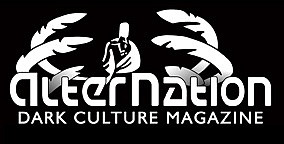Gothic Metal
Gothic Metal:
Gothic metal (also called Goth Metal) is a subgenre of heavy metal music. It is characterised as a combination of the dark and often melancholy atmospheres of doom metal with the aggression of the extreme metal subgenres, placing heavy emphasis on a beauty and the beast vocal style. The genre originated during the early 1990s in Europe originally as an outgrowth of doom/death, a fusion of death metal and doom metal. The music of gothic metal is considered diverse by those often unfamiliar with the primary scene, citing bands adopting a gothic approach to varying styles of heavy metal music. However the musical aspects of Gothic Metal are very precise, though also mostly unrelated to goth metal, often causing what appears to be large diversity within the genre. Lyrics are generally melodramatic and mournful with inspiration from gothic fiction as well as personal experiences, though influence from fairy tales, myths and ancient history are also common.
Musically, the defining characteristics of gothic metal are its vocal style and structure. Vocally, gothic metal makes extensive use of the beauty and beast aesthetic as its most defining trait, this most often being shown as having a female vocalist singing, while a male vocalist provides a counterpoint through the use of vocals akin to black and/or death metal. More recent bands, or bands inspired by this have provoked experimentation with this formula with the use of two vocalists of the same sex being prominent. Structurally gothic metal uses a contrast structure model, performing a section within a song in a more atmospheric, melodic way utilising the ''beauty'' vocalist while lacking the 'heavyness' commonly attributed to metal, before alternating into a more aggressive section more akin to symphonic black/death metal, which the ''beast'' vocalist will often sing over. These elements will often be layered over each other nearing the end of the song to create a more bombastic and epic feel to the music. Because of this structure, the heavy atmospheres used in the music (which range from romantic to melancholy to furious) are often more noticeable to the listener, as the stripping down to a few elements during certain sections makes the remainders more noticeable. The exact metal basis a band uses has tended to vary, some utilising more elements from doom, death or black metal than others, with more modern bands including elements of progressive and power metal as well. This makes gothic metal technically a hybrid genre, as it utilises most forms of metal with its own characteristics (dual vocalists, structure, prose), which has led to many terms such as gothic-black metal and symphonic-gothic metal to be used for bands that have a heavy focus in one particular genre.
The pioneers of gothic metal were originally Theatre of Tragedy and The Gathering, releasing the first definitive gothic metal albums, though some sources credit ''The Peaceville Three'', (a selection of doom metal bands comprising Paradise Lost, My Dying Bride and Anathema) as an earlier origin, though they never exclusively performed gothic metal, being more responsible for pioneering goth metal. The Norwegian group Theatre of Tragedy developed the "beauty and the beast" aesthetic of combining aggressive male vocals with clean female vocals, a contrast that has since become a staple of the gothic metal genre, being its main difference to goth metal. Bands such as Trail of Tears and Tristania would go onto develop the sound further throughout the 90's, adding in extensive keyboard usage, and adding traits of black metal and death metal into the music. Later bands such as Macbeth and Penumbra would go onto add acoustic guitar segments and classical instruments (though Tristania also did this) to elaborate on the ''beauty and the beast'' aesthetic of the music. By the end of the decade, a symphonic metal variant of gothic metal had been developed by Tristania and Within Temptation (known as Symphonic Gothic Metal), removing much of the aggressive nature and beauty and beast aesthetic, leading to the genre symphonic metal arising.
In the 21st century, gothic metal has become a catch all term for most gothic metal, goth metal, and symphonic oriented bands, as well as many doom metal bands, or bands that do not fit completely into the genre their music most imitates. Gothic metal has a definitive form of music as seen little success, aside from the gothic/nu crossover band Lacuna Coil. Because of this lack of commercial exposure, many of the long term gothic metal bands have moved into other genres (most notably goth metal and death metal), to better further their careers.
Goth Metal:
As a musical style, goth metal "truly began in the early 1990s in the north of England" with the three bands Paradise Lost, My Dying Bride and Anathema representing "the core of the movement". All three bands were signed to Peaceville Records during the early 1990s and have since been known as the 'Peaceville Three'. They had roots in "frenetically abrasive death metal, but they were also influenced by what Paradise Lost vocalist, Nick Holmes, described as the 'really bleak, dark sound' of Dead Can Dance''.. These bands utilised influence and elements of goth rock in their music, effectively creating goth metal. These bands went on to pursue varying other forms of music during their careers, but set the first notions of what would evolve alongside gothic metal as the similarly named goth metal, goth rock inspired doom metal.
Over the course of the 90's and early into the 00's many bands adapted this basic formula, including Lacrimosa, who combined both doom metal and heavy metal with music popular in the goth scene (darkwave, goth rock and 'ethereal' music). To Die For, Lacrimas Profundere and Type O Negative turned the formula around by performing doom metal inspired goth rock. Bands such as Asrai, Artrosis and Bloodflowerz went to on combine goth rock with female fronted heavy metal, to form their own brand of female fronted goth metal. Some bands such as Poisonblack, Sentenced and Before The Dawn combined the original goth metal basis with such things as progressive rock, progressive metal and melodic death metal to create extra depth within their music. The overall netgain of this various experimentation was a more definitive set of common attributes applicable today; verse-chorus song structure, dark/melancholy atmospheres, baritone vocals, and simple melodic keyboard accompaniments to songs.
In the mid to late 00's, many companies and bands began to capitalise on goth metal (the commercial aspects of gothic metal were far more shortcoming), fusing it with current musical trends such as emo, alternative metal and nu metal (Him, The 69 Eyes, Entwine, Evanescence) bringing goth metal more into the spotlight on its own merit. The marketing of such a product though was often as pure goth metal, and as such many people would show signs of elitism regarding the dissimilarities between these modern bands and the older ones.
Gothic/Goth overlaps:
Albeit not common, but not unheard of, are combination of the two different genres and approaches. In past music, Beseech and Dakrua combined the aesthetics of the two together to form their own 'unified' sound. Bands such as Crematory and Charon have also done this, sometimes experimenting with different ways of combining each aesthetics. These bands are often considered highly influential to both genres, the shared aspects making them mutually accessable to either scene. Other instances include bands such as Cradle of Filth, who have sparingly used elements of both genres throughout their own music, including covering songs by bands prominent in the original goth rock scene.
More modern examples of this are in such bands such as Agathodaimon, a melodic black metal band, who add in the beauty and beast vocal aesthetic of gothic metal, whilst utilising a baritone male vocalist as the 'beauty'. Macbeth, originally a gothic metal band, went on to perform a unified gothic metal/goth metal album, before slipping into goth metal, in part bridging the gap between the two.
Gothic vs Goth controversy:
Albeit many people claim that both genres (and all fusions of goth metal and gothic metal with other genres) and symphonic metal should all be considered one genre, many fans, bands and music critics do not. Albeit largely ignored in spite of major publications and record labels who glance over the issue, a long subdivergent history between the two exists. Originally (and in part still), the goth scene didn't like heavy metal, in any of its forms. It did not agree with the aesthetics many goths considered themselves to carry, and subsequently many goths dissociated themselves from, or declared a distaste to gothic & goth metal. Much of the gothic metal scene were unphased by this, due to their primary influences not lying within the goth subculture, though the goth metal scene didn't take this well at all. This in part began the divergence and controversy surrounding the issue. Another common cause is that many people view the combined genres as one, referring to both as a singular, and pinpointing their evolutions in music as one giant, sweeping motion, citing symphonic metal and more modern bands such as HIM as part of the same movement, while others believe that while the two may have shared some influences, and their paths ran mostly parallel, that the two are in fact largely distinct from each other both in history and performance. It could also be noted that in the early 00's, many British English dictionaries updated themselves to distinguish the two terms, goth as an adjective referring to goths, their subculture, and related items, no longer sharing the definition of the similar word gothic. Because this wasn't wide spread, the similar spellings of both words, and the complexity and interchangeability of British and American English to non English speakers, would account for much of the controversy.
Artists belong to the genre
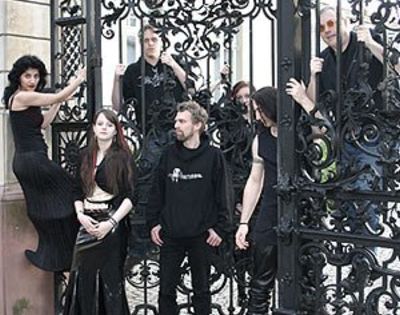 |
Adversus |
Country: Niemcy / Germany / Date of establishing : 1997 |
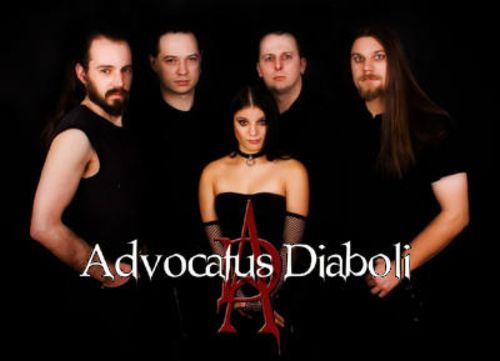 |
Advocatus Diaboli |
Country: Niemcy / Germany / Date of establishing : 1996 |
 |
Artrosis |
Country: Polska / Poland / Date of establishing : 1995-03 |
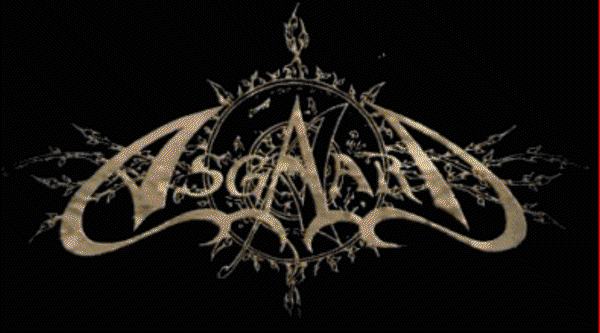 |
Asgaard |
Country: Polska / Poland / Date of establishing : 1994 |
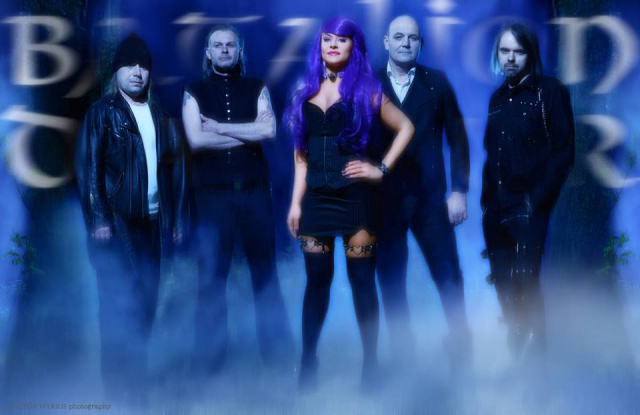 |
Batalion D'Amour |
Country: Polska / Poland / Date of establishing : 1989 |
 |
Carpatia Castle |
Country: Czechy / Czech Republic / Date of establishing : 1994 |
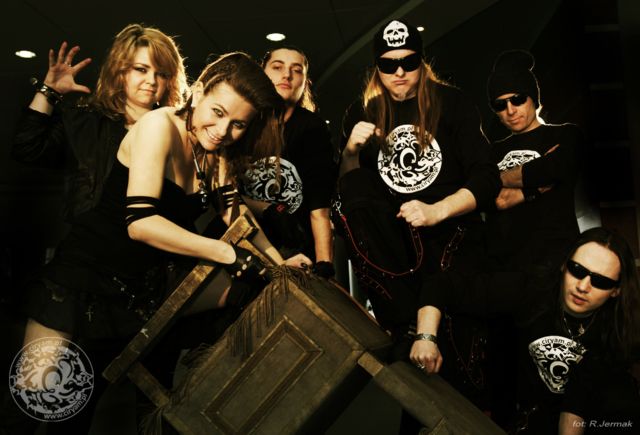 |
Ciryam |
Country: Polska / Poland / Date of establishing : 2001 |
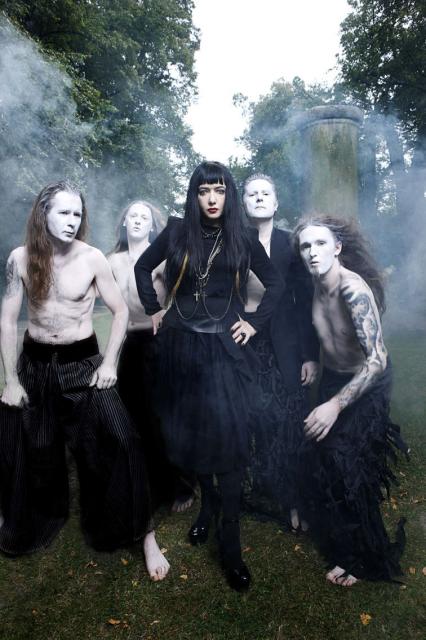 |
Closterkeller |
Country: Polska / Poland / Date of establishing : 1988 |
 |
Cyberia Organica |
Country: Kolumbia / Colombia / Date of establishing : 2003 |
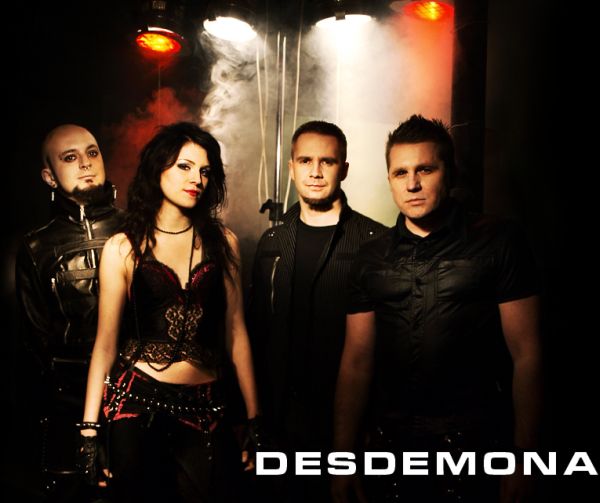 |
Desdemona |
Country: Polska / Poland / Date of establishing : 1996 |
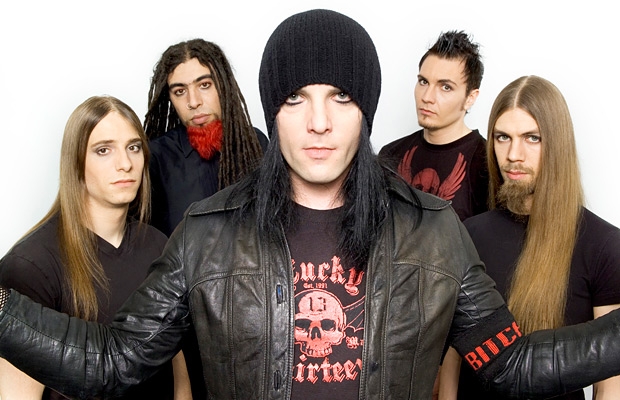 |
End Of Green |
Country: Niemcy / Germany / Date of establishing : 1992 |
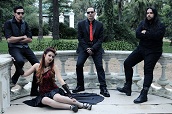 |
Fixion |
Country: Urugwaj / Uruguay / Date of establishing : 2002-06 |
